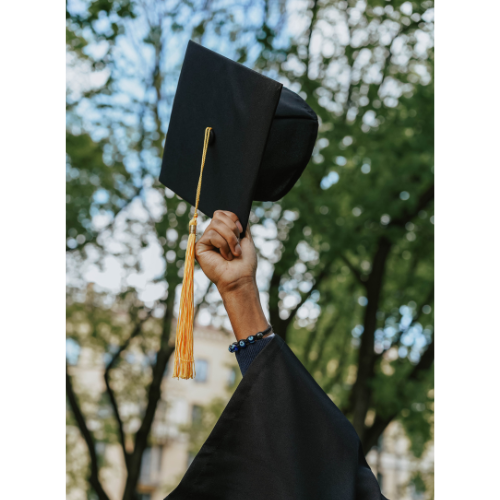Understanding the Portrait of a Graduate: How Students Build Essential Skills and Competencies
Ensure students graduate with the skills needed to thrive in school, careers, and beyond. Learn more about Portrait of a Graduate skills, implementation, and more!



Portrait of a Graduate Table of Contents

Defining “Portrait of a Graduate”
In an ever-changing world, students need more than just academic knowledge—they require a blend of skills, mindsets, and competencies to thrive in their careers and communities.
A Portrait of a Graduate serves as a shared vision, defining the essential attributes students should develop throughout their educational journey, and outlines the key elements of student success for a school or district.
Other Names for a Portrait of a Graduate
- Vision of a Learner/Graduate
- Graduate Competencies Framework
- Profile of a Graduate/Learner
- Graduate Success Framework
- Future-Ready Graduate Profile
- Graduate Skills Matrix
- Holistic Graduate Framework
- Learning Outcomes Framework
- Student Achievement Framework
- Graduate Expectations Model
- Graduate Development Plan
- Graduate Profile
- 21st Century Skills Framework
- Future-Ready Framework
- Student Success Framework
- Graduate Competency Model
- Success Skills Portrait
- Academic and Life Skills Profile
- Essential Skills Map
Typical Key Competencies of a Portrait of a Graduate
A Portrait of a Graduate outlines the critical skills and qualities students need to succeed beyond the classroom. These competencies focus on preparing students for real-world challenges and ensuring they are well-rounded, adaptable, and ready for the future.
Key competencies typically include some or all of the following skills:- Self-Awareness: Understanding one’s strengths, values, and emotions to navigate challenges effectively.
- Growth Mindset: Embracing challenges and learning from setbacks to continuously improve.
- Purpose: Identifying personal goals and staying motivated to achieve them.
- Collaboration: Working effectively with diverse groups, respecting different perspectives, and contributing to shared goals.
- Communication: Articulating ideas clearly and confidently across multiple formats and audiences.
- Critical Thinking: Analyzing complex issues, making informed decisions, and solving problems creatively.
Additional examples of Portrait of a Graduate skillsets are below:
Examples of Portrait of a Graduate Key Competencies
Effective Communicator
Graduates must be able to articulate their thoughts clearly, collaborate with diverse teams, and express ideas through multiple media formats. Whether through writing, speaking, or digital storytelling, communication is key to success.
Innovative Problem Solver
The ability to approach challenges with creativity and critical thinking ensures that graduates can navigate complex situations and drive meaningful change. Problem solvers apply a growth mindset to analyze situations and develop innovative solutions.
Self-Directed Learner
Lifelong learning is essential in a rapidly evolving world. Self-directed learners take initiative, seek out knowledge, and adapt to new challenges with curiosity and resilience.
Ethical and Global Citizen
Beyond academics, graduates should demonstrate empathy, integrity, and a sense of responsibility. Understanding different perspectives and acting with compassion prepares students to contribute positively to society.
Bring the Portrait of a Graduate Framework to Life
Transforming Learning Experiences
To ensure students develop these competencies, schools must shift teaching and learning practices. This means:
- Integrating project-based learning and real-world applications
- Encouraging student-led exploration and inquiry
- Fostering mentorship and collaboration opportunities
Next Steps: Achieving Portrait of a Graduate Skills Together
Bringing a Portrait of a Graduate to life requires the right tools to help both educators and students succeed.
With Wayfinder’s Portrait of a Graduate premium feature, schools can:
- Align curriculum with essential future-ready skills
- Support educators with research-backed resources
- Foster student growth in purpose, collaboration, and adaptability
By integrating these tools, schools can ensure students develop the key competencies needed to thrive.

